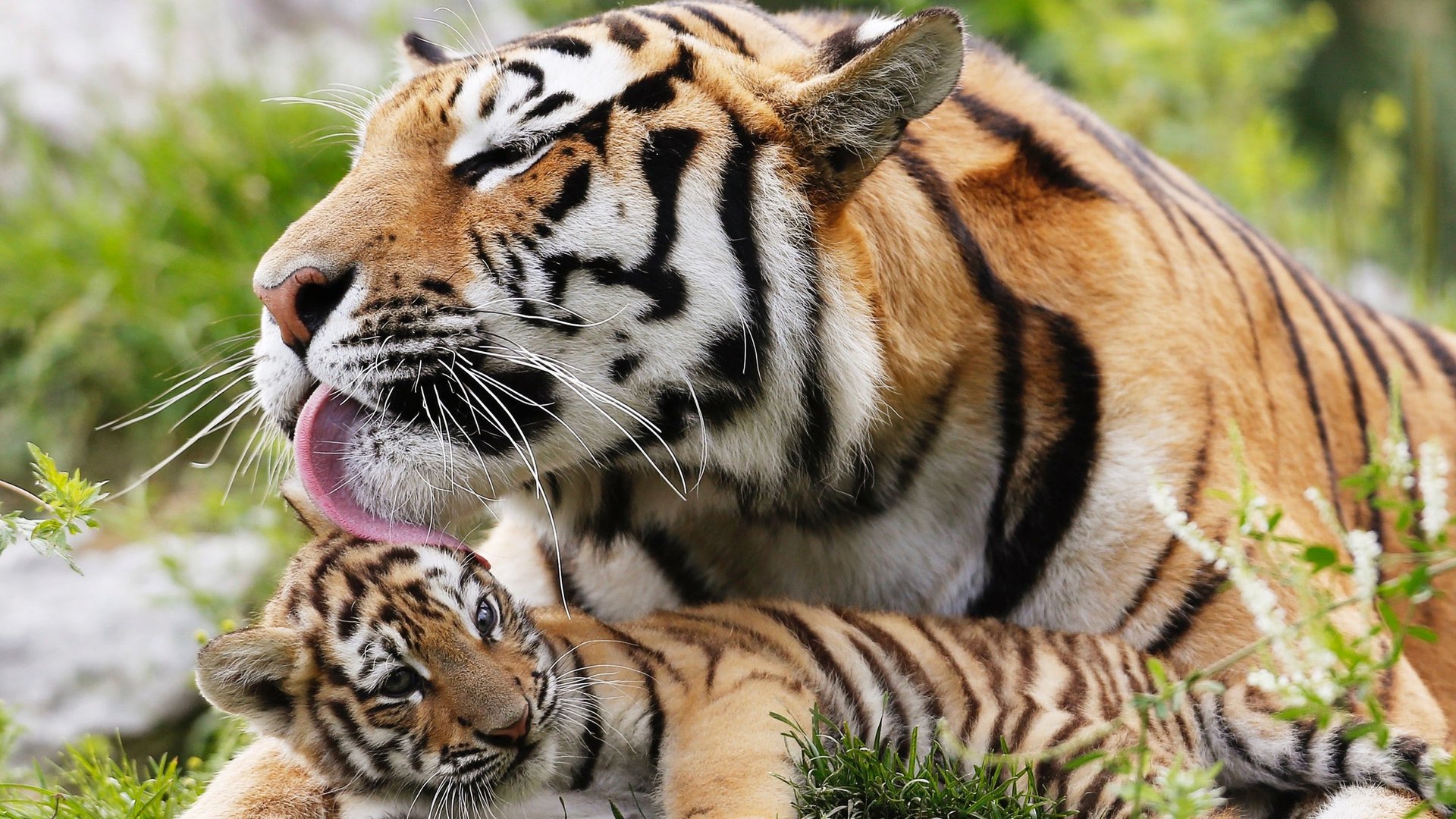Thanks to Vladimir Putin, Amur tigers are roaring back in Russia’s Far East
Amur tigers are continuing their comeback in Russia’s Far East, home to 95% of the global population.


Amur tigers are continuing their comeback in Russia’s Far East, home to 95% of the global population.
According to a new census, they now number as many as 540—including about a hundred cubs—compared to perhaps as few as 420 a decade ago. In the 1940s, the species nearly went extinct with numbers dropping below 40.
The tigers—the biggest of their species, weighing up to 300kg (660 lb)—remain endangered, though. Poaching is still the greatest threat to wild tigers today, with parts of their body still in high demand throughout Asia.
The Russian government organized the most recent census, with support from the Amur Tiger Center and the WWF. The census covered more than 150,000 square kilometers (58,000 square miles) and involved a few thousand field specialists aided by GPS, satellite navigators, and camera traps.
Russian president Vladimir Putin, showing a soft spot for big cats, has supported efforts to protect Amur tigers. Tougher punishments and the introduction of criminal charges for the hunting, storage, and trafficking of endangered animals and their parts have helped the tigers’ comeback. Russia is also co-operating with China, which plans to relax some border controls to give the cats more space to roam.
“The key is strong political support,” said Mike Baltzer, leader of the WWF Tigers Alive Initiative. “Where we have it, in countries like Russia and India, we are seeing tremendous results. By contrast, tiger populations in Southeast Asia are dwindling due to weaker political support.”